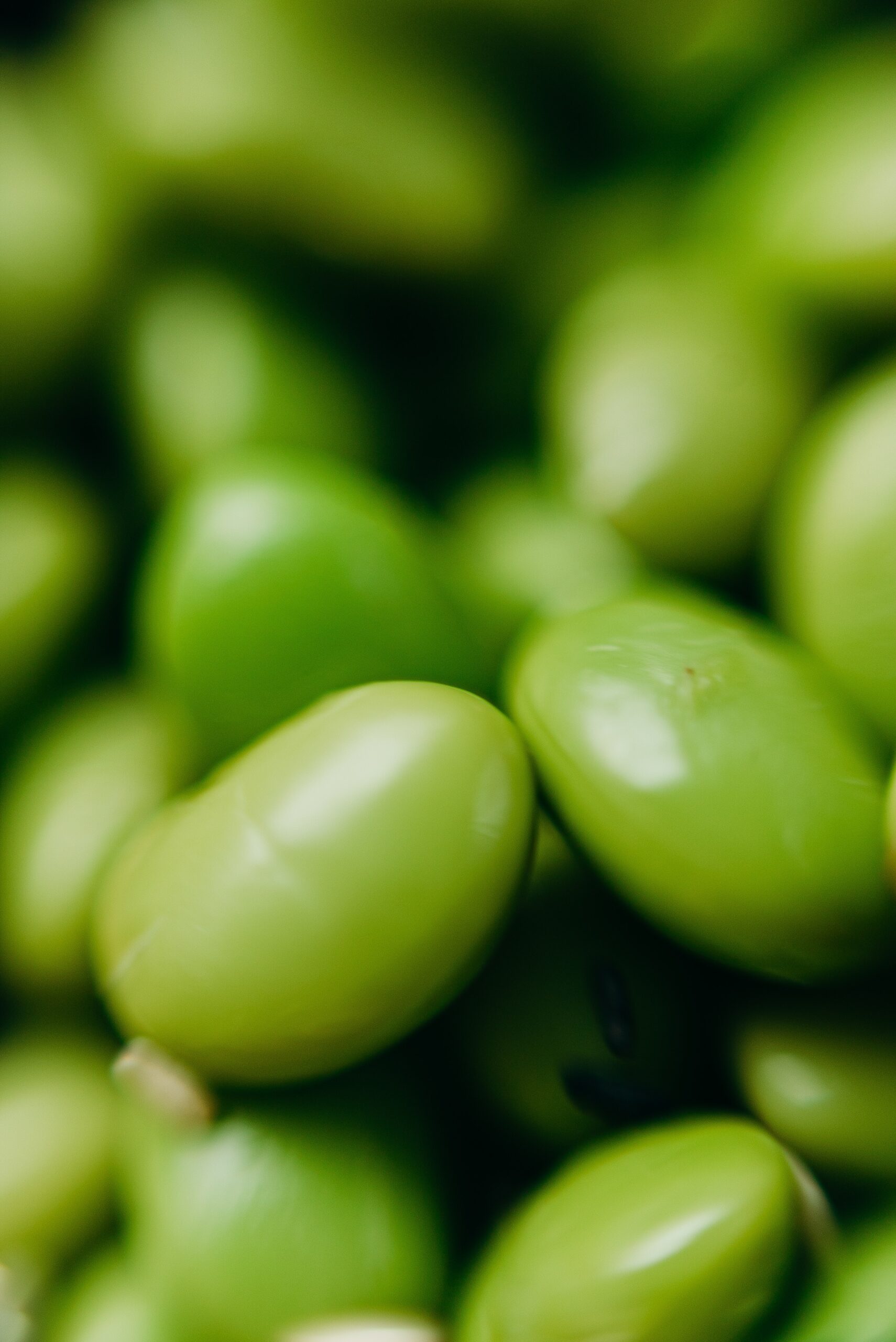
Beans are a staple food in many households around the world and are widely available at the grocery store. They come in many different types, sizes, and flavors. Two popular types of beans that are often compared are butter beans and lima beans. While these beans are often thought of as the same thing with different names, they are actually two different types of beans with distinct differences. Let’s take a closer look at the primary difference between butter beans vs lima beans, as well as the different types of each.
Comparing Butter Beans vs Lima Beans
Firstly, it’s important to note that “lima beans” and “butter beans” are often used interchangeably and can refer to different types of beans depending on where you are in the world. In the United Kingdom, “butter beans” are actually large lima beans. While in the southern U.S., “butter beans” often refer to a smaller green beans or a green variety of lima beans. However, in the U.S., the term “baby lima beans” is commonly used to refer to the smaller, green variety of lima beans. While “large lima beans” refer to the larger variety.
Both butter beans and lima beans belong to the same species of plant, Phaseolus lunatus. They can also known as sieva beans, Madagascar beans, Burma beans, or wax beans. They are both dry beans that can be found in most grocery stores.
Suggested Recipe: Baked Cheesy Bean & Tomato Skillet
Butter Beans vs Lima Beans: Origin
Butter beans and lima beans have different origins and are grown in different parts of the world. While both beans belong to the same species, Phaseolus lunatus, they have unique characteristics that set them apart.
Lima Beans
Lima beans are native to South America, where they have been cultivated for thousands of years. They were introduced to the United States during the colonial period and have since become a staple crop in the southern United States. Fresh lima beans are typically grown in warm climates. This is because they do not tolerate cold temperatures well.
Butter Beans
Butter beans, on the other hand, are a variety of lima beans that are known for their larger size and buttery texture. They are believed to have originated in Burma (now known as Myanmar) and were introduced to the United States during the 19th century. Butter beans are typically harvested when they are younger and have a green-hued shell. Whereas large limas beans are harvested when they have matured and turned beige or white.
While lima beans are grown in warm climates, butter beans can also be grown in colder regions. In fact, butter beans are sometimes referred to as “frost beans” because they can withstand colder temperatures than other varieties of lima beans. This makes them a popular crop in areas with colder climates, such as parts of Europe and North America.
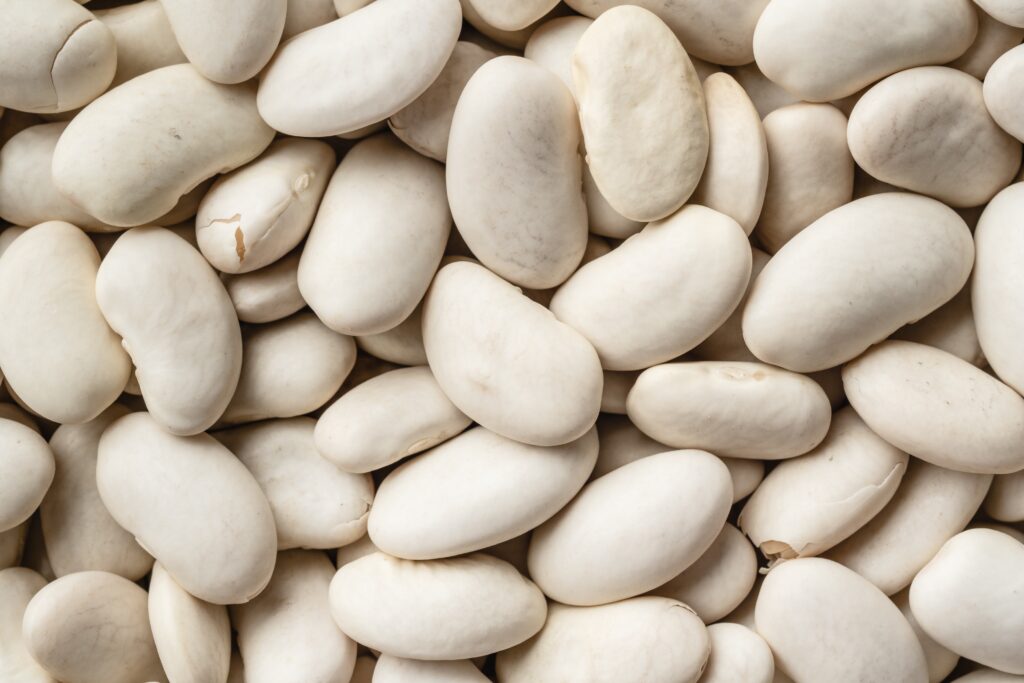
What do Butter Beans and Lima Beans Taste Like?
Lima and butter beans are both types of white beans or cream-colored beans that are widely used in a variety of dishes. The taste of these beans can vary depending on personal preference, but generally, they have a mild flavor and a starchy texture. Here is a closer look at the taste and texture of different types of lima and butter beans:
Fresh young lima and butter beans have a thin skin and a buttery texture that is ideal for a range of dishes. Fresh young beans have a sweet, delicate flavor that is perfect for salads, pasta dishes, soups, and side dishes. These fresh beans are also sometimes referred to as “baby limas” or “fresh butter beans”.
Large lima beans, also known as mature lima beans, have a creamier texture and a slightly stronger flavor. They are ideal for use in casseroles, stews, and chili, as they can hold their shape well during cooking. The buttery flavor of these beans makes them an excellent addition to a range of dishes.
White lima beans are similar in flavor and texture to butter beans. They are also known for their creamy texture and mild taste, making them perfect for use in a range of different dishes. These beans are particularly popular in Mediterranean cuisine and are often used in soups, salads, and side dishes.
When it comes to personal preference, many people prefer the taste and texture of fresh lima or butter beans. While others prefer the creamier texture of larger beans. Some favorite recipes that feature lima and butter beans include succotash, bean salads, and casseroles. These beans can also be seasoned with a range of herbs and spices to enhance their flavor and make them a versatile ingredient in a variety of dishes.
Suggested Recipe: Simple Bean Soup
Health Benefits of Butter Beans and Lima Beans
Both butter beans and lima beans are highly nutritious and offer numerous health benefits. They are a great addition to any diet and can be used in different ways to provide important nutrients.
One of the key health benefits of lima and butter beans is their high content of dietary fiber, which is important for maintaining digestive health and reducing the risk of heart disease. Both beans are also rich in B vitamins, including pantothenic acid. This plays an important role in energy metabolism, and vitamin B6, which is essential for brain function and the production of red blood cells.
In addition, lima and butter beans are a good source of vitamin C. It’s a very important antioxidant that helps to support immune function and reduce inflammation. They also contain amino acids, which are the building blocks of protein and are essential for muscle growth and repair.
Eating lima or butter beans can also help to regulate blood sugar levels, making them a good choice for people with diabetes. Raw lima beans, however, contain a toxin that can cause nausea and vomiting. Therefore it is important to cook them thoroughly before eating.
Both mature lima beans and large butter beans can be used in a variety of dishes, from soups and stews to pasta dishes and salads. They are also a great source of plant-based protein and can be used as a meat substitute in many recipes.
Butter Beans vs Lima Beans: Uses
In terms of culinary uses, both butter beans and lima beans are versatile and can be used in a variety of dishes in different ways. They are often used in soups, stews, and casseroles. They can also be served on their own as a side dish, mashed for dips, or a good choice in salads. In the American South, lima beans are often cooked with ham hocks and served as a side dish at the dinner table.
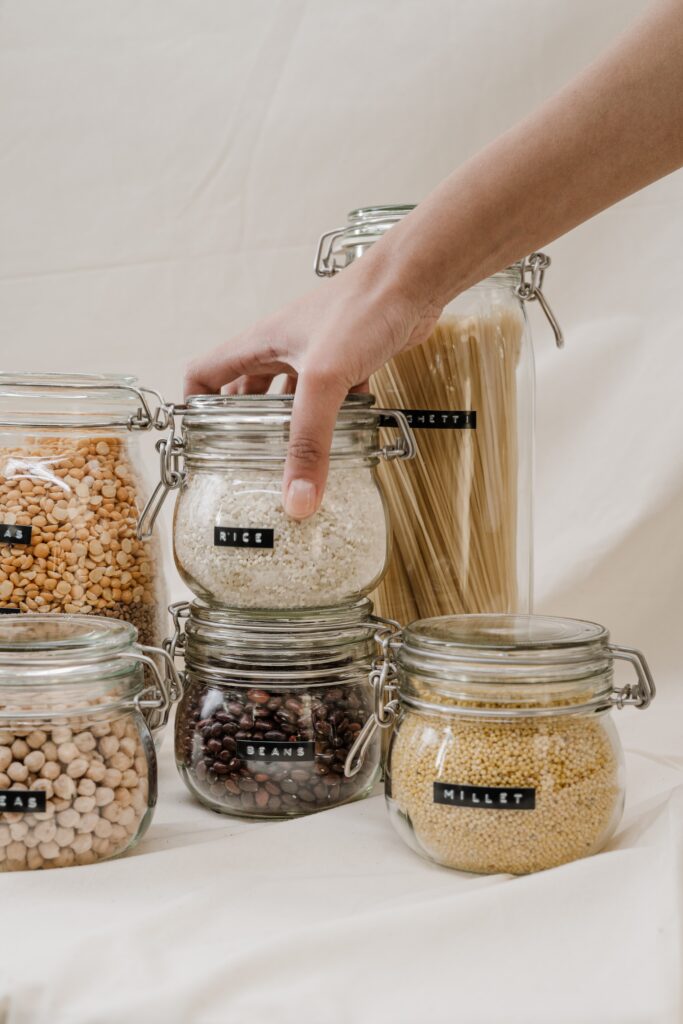
Butter Beans vs Lima Beans: How to Store
Storing butter beans and lima beans properly is essential to ensure their quality and freshness. Here are some tips for storing these beans:
- Dry beans: If you have purchased dry lima or butter beans, they should be stored in an airtight container in a cool, dry place such as a pantry. Avoid storing them in direct sunlight. This can cause them to lose their flavor and color. A good choice for longer shelf life.
- Fresh beans: Fresh lima or large butter beans can be stored in the refrigerator for up to five days. Keep them in a plastic bag or airtight container and make sure they are not exposed to moisture. This can cause them to spoil.
- Frozen beans: Both lima and butter beans can be frozen for long-term storage. First, blanch the beans in boiling water for two to three minutes, then cool them quickly in ice water. Drain them well and place them in airtight freezer bags or containers. Store them in the freezer for up to six months.
- Cooked beans: Cooked lima or butter beans can be stored in the refrigerator for up to four days. Keep them in an airtight container and use them within the recommended time frame.
In conclusion, while butter beans and lima beans are often used interchangeably, there are distinct differences between the two. The main difference lies in their size and texture. With butter beans being larger and creamier than lima beans. Additionally, there are different types of both butter beans and lima beans. Such as baby lima beans, green lima beans, cannellini beans, and fava beans. Regardless of the type, both butter beans and lima beans are nutritious and delicious additions to any meal.

Christopher is a food and lifestyle expert, recipe developer and the content creator behind May Eighty Five. With years of experience in the kitchen, he also shares tips, tricks and how to’s that he has learnt over the years. Every week, he shares quick, simple and mostly healthy recipes along with some home and entertaining tips. You will find flavorful cocktails, delicious appetizers, tasty mains and some indulgent desserts. As a home decor enthusiast, he also likes to share simple DIY projects and simple tips for a beautiful home.


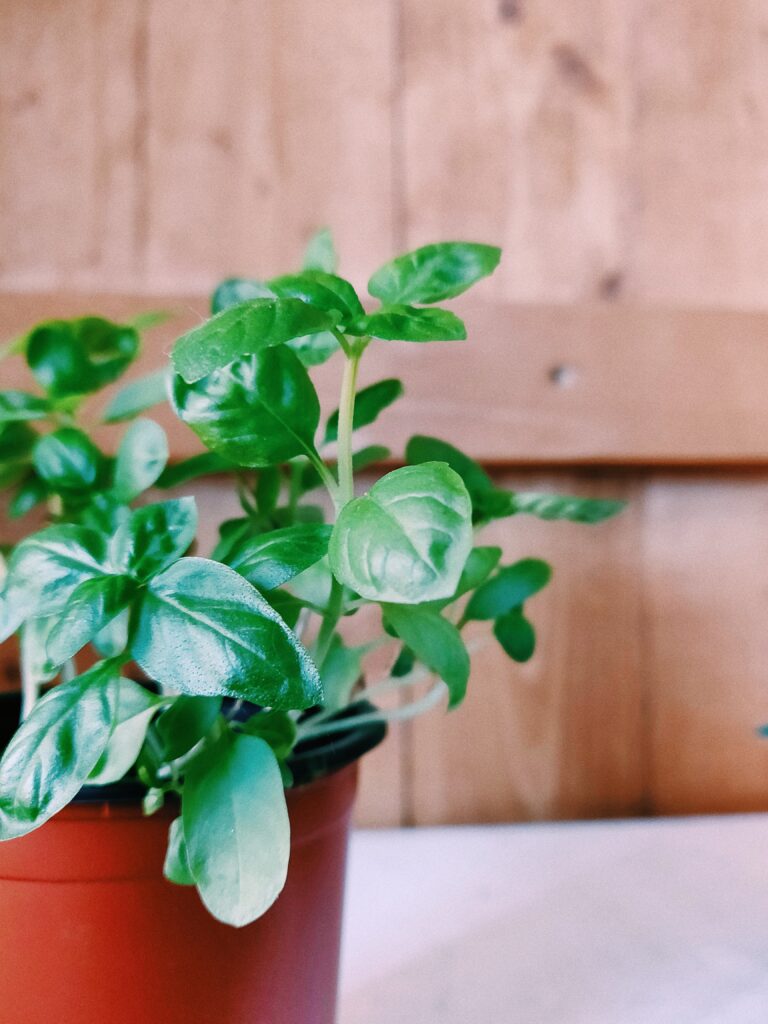
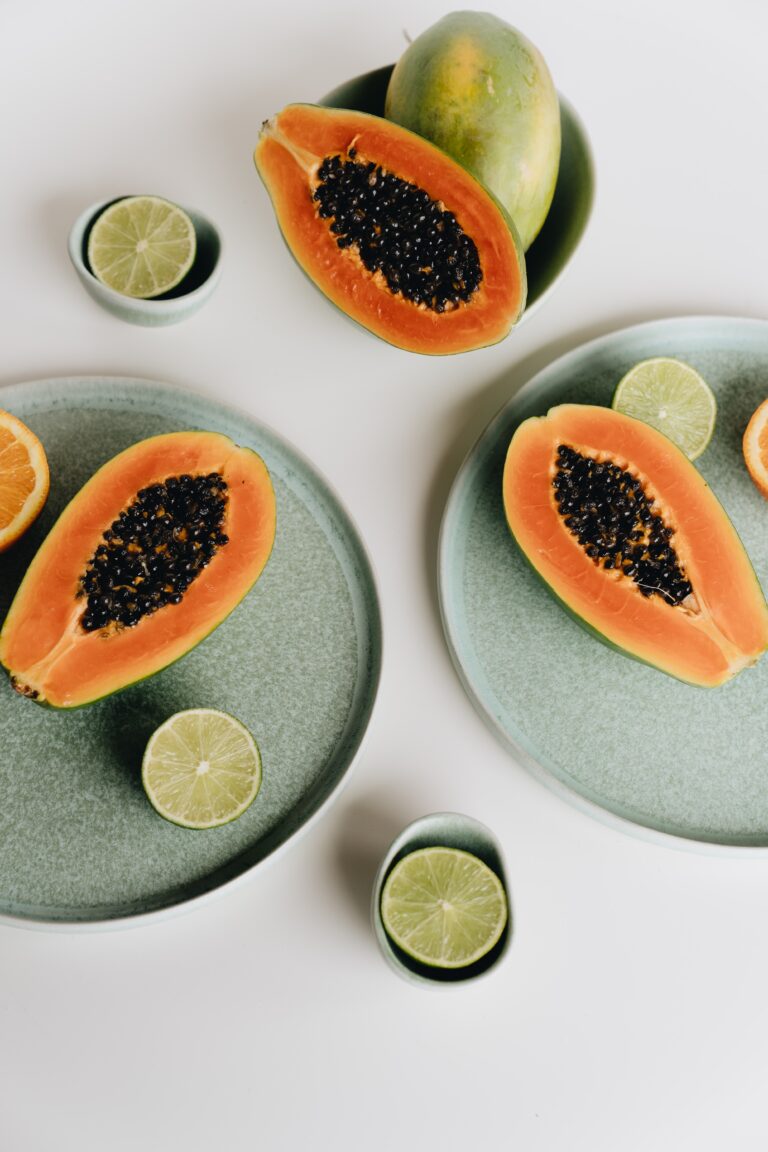




One Comment